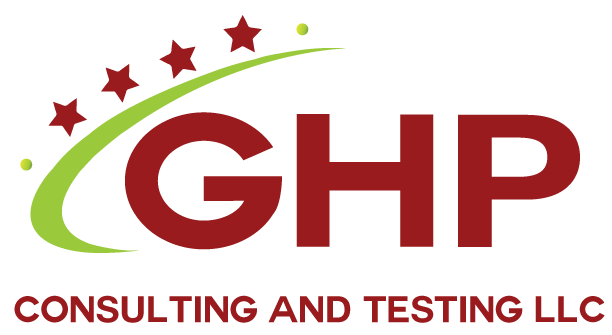Since the Food Safety Modernization Act (FSMA) has been in effect for more than ten years, the FDA has placed a greater emphasis on regulation than on FSMA rule-making and FDA FSVP training. For example, the Foreign Supplier Verification Programs (FSVP) Rule resulted in more than 550 Form 483s (issued when FDA inspectors observe infractions) in 2020.
To improve internal productivity and efficiency, provide continuous business improvement, raise quality, expand your brand’s reach, define roles and responsibilities, and ensure that you maintain compliance and remain audit-ready, we’ll examine some of the top causes for earning a 483 and provide a refresher on the FSVP Rule here. In that case, GHP Consulting and Testing LLC HACCP consultant can help you meet the regulations the FDA and other organizations set forth.
The FSVP Rule aims to do this by ensuring that imported foods adhere to the same safety standards as foods produced in the United States. The main goal of FSMA is to avoid food-related dangers, deal with the safety of human and animal food across the supply chain, and give the FDA the resources it needs to guarantee safe food for American consumers—regardless of where the food is produced.
Therefore, it is the responsibility of importers to ensure that their suppliers also adhere to these standards; proper FDA FSVP training is a must for Food Suppliers so that their products meet applicable FDA safety standards. Since imported goods make up 19% of the country’s food supply (52% of which are fresh fruits and 22% of which are fresh vegetables), this regulation is crucial in ensuring the safety of our food supply.
The top five FDA 483s for may include the following concerns:
The top citations 483s associated with FSVP development included failure to:
Other FSVP citations included, among others, missing dates or signatures, failure to maintain or adhere to an FSVP, and failing to produce an English translation of the FSVP.
In the coming months and years, the FDA will continue to pivot from an educational to a regulatory role. Since the COVID-19 epidemic, the FDA has focused heavily on FSVP because it does not require an FDA Investigator to be present in person. You must respond to an FDA request for information within 24 hours to ensure compliance with that document review, and you should consider providing your staff with Food safety internal auditor training so that they can address technical issues with greater diligence and an in-depth understanding of relevant requirements and standards.
In addition, the FDA is starting more “for cause” FSVP inspections in response to foodborne illnesses and problems discovered either during or after entry. The most frequent cause of a violation is still failing to create an FSVP. In light of this, the following are the best strategies for avoiding a 483:
The easiest way to avoid a 483 is to have an FSVP. Beyond that, it’s crucial to prevent violations, keep detailed records, and exercise due diligence. Call GHP Consulting and Testing LLC if you have any inquiries or require assistance; we enable you to manage all of your FSMA program data, paperwork, and FDA Form 483 response in one handy system, whether you’re an importer, simplifying compliance and guaranteeing you’re audit-ready at all times.
